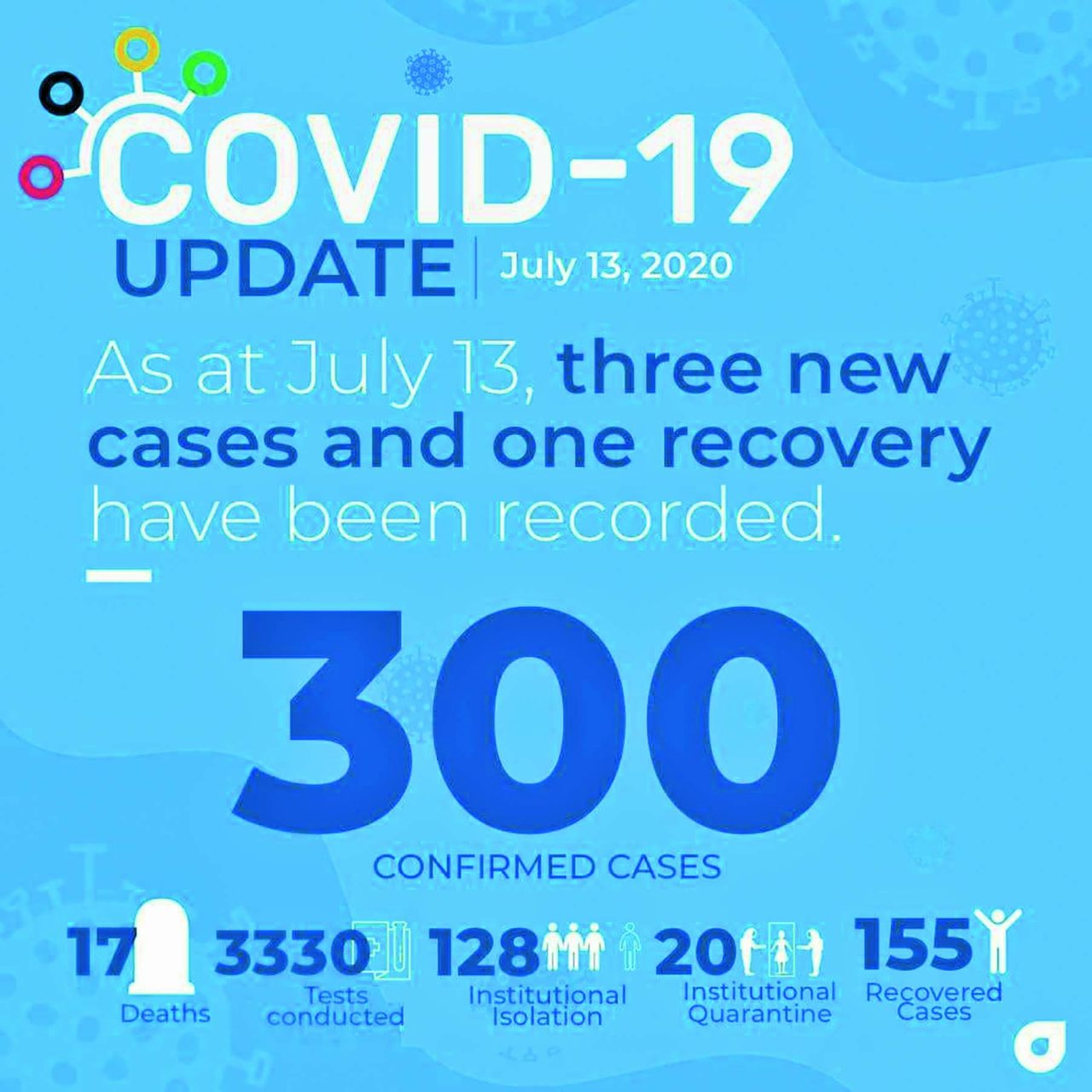Home News Region 1 now Guyana’s COVID-19 epicentre
…128 active cases
Region One (Barima-Waini) is now Guyana’s epicentre for the novel coronavirus disease (COVID-19), with the detection of 93 positive cases in just a short period of time.
 This was announced on Monday by Deputy Chief Medical Officer, Dr Karen Gordon-Boyle during the daily briefing.
This was announced on Monday by Deputy Chief Medical Officer, Dr Karen Gordon-Boyle during the daily briefing.
“We wish to inform you that Region One is now the epicentre and accounts for most of the new cases that have been confirmed over the past two weeks,” she communicated.
This means Region One has overtaken the capital city of Georgetown, Region Four (Demerara-Mahaica) – which was initially dubbed as the epicentre since the initial stages of the pandemic. From the positive cases detected within the northwestern Region, 33 persons have recovered while 60 remain in isolation.
The Moruca sub-district, which has seen a large number of contractions, was placed on complete lockdown last week to curtail a larger spread. Some cases were also coming from the Mabaruma sub-district.
However, while zeroing in on the situation, the DCMO lamented the actions of residents, despite an alarming upsurge in cases.
“It is disappointing to note that the attitude of some of the residents in the sub-district of Moruca has been averse to the basket of health measures that have been outlined for their safety and protection. They are blatantly flouting the guidelines, claiming in some instances that COVID-19 is non-existent and therefore there is no need for a lockdown in that district,” Dr Gordon-Boyle claimed.
Residents had protested against the complete shutdown last Tuesday, citing that Government provided no relief prior to the announcement, and as such, they were forced to continue their trade to earn a living.
During an assessment of the situation, Regional Vice Chairman Sarah Browne said many concerns were listed by these persons, along with solutions to be considered.
Among other issues, farmers are denied access to their lands and other persons are restricted from accessing the hospital. Cargo boats are denied entry while carrying supplies for local businesses.
While vendors were told to operate for three hours, it was indicated that this cannot suffice to provide for their families. Issues were also raised about “improper protocols” for testing of the coronavirus and distribution of the results thereafter.
Moreover, all families are not benefitting from the relief efforts. As such, the provision of relief was labelled mandatory by the people before accepting a shutdown.
Along with Moruca, Arangoy’s Landing in Region Seven (Cuyuni-Mazaruni) is also under complete lockdown.
300 cases
Notwithstanding, three new cases were detected within one day, raising the total statistics to 300. Despite 155 recoveries, there are still 128 active cases, 20 persons in institutional quarantine, and five persons in the designated Intensive Care Unit (ICU). To date, health authorities have tested 3330 persons with 3030 being negative. The number of fatalities still stands at 17.
Out of the 10 administrative regions, nine of them have detected positive cases – the latest being Region Eight (Potaro-Siparuni). For this, calls were heightened for communities within the Region to exercise vigilance, since they remain vulnerable from the overwhelming situation in neighbouring Brazil.
“Residents of Region Eight, it is now time for you to be more vigilant especially those of you in the mining areas and the bordering regions. I wish to draw to your attention that you are still very vulnerable to have imported cases from Brazil as their numbers continue to increase significantly. Therefore, we continue to ask the Toshaos to keep monitoring the movements within your communities and continue to provide the updates to us centrally,” Dr Gordon-Boyle insisted.
The health official went on to say that whistleblowers are helping health authorities to identify any strangers, especially those from high-risk areas, who are attempting to enter their communities without documentation. This has been commended, since there are challenges in tracing activities throughout the hinterland areas.
“We need to appreciate their efforts; they are trying to mitigate the spread of the disease in the community. Please appreciate that the hinterland poses a unique challenge to contact tracing in that addresses rarely consist of a lot number and street and as such it is very difficult to locate someone who does not want to be found. Hence, we must work hand in hand with the hinterland communities, relying heavily on them to help identify cases, known contacts of cases and potential cases who may have entered the country not observing our mandatory quarantine rules.”
According to the World Health Organisation, the total number of cases is 12,552,765 with 561,617 deaths. In the region of the Americas, the number of cases is 6,540,222 with 283,357 deaths. (G12)
 This was announced on Monday by Deputy Chief Medical Officer, Dr Karen Gordon-Boyle during the daily briefing.
This was announced on Monday by Deputy Chief Medical Officer, Dr Karen Gordon-Boyle during the daily briefing.